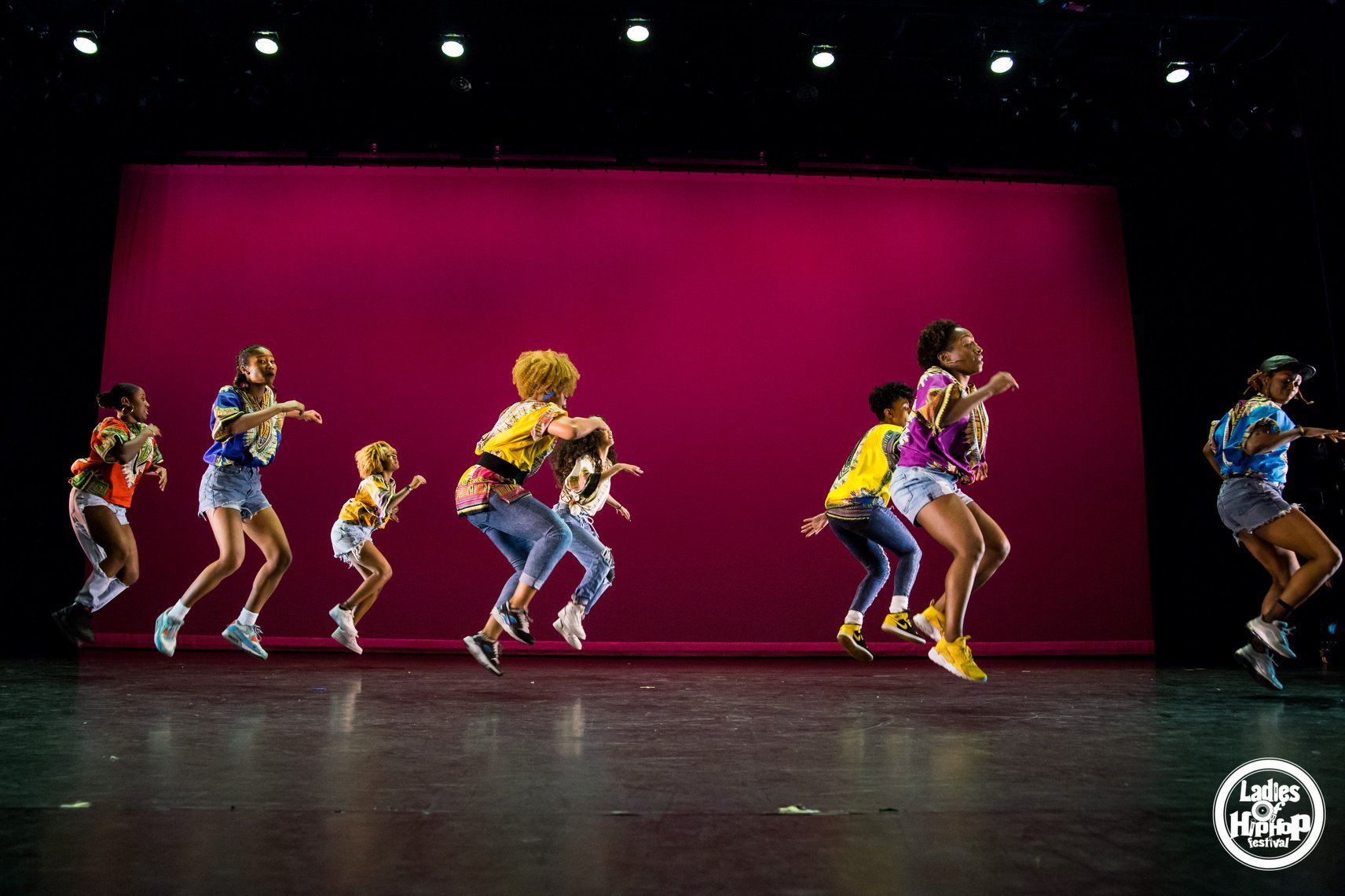When last I wrote I was excited about the new resource that had presented itself, full of knowledge regarding a time in African-American Social dance history, particularly for Jazz and Lindy Hop, that was highly speculative and with much missing documentation. Lo and behold a month later yet another resource presented itself at, what is widely regarded as, the pinnacle dance camp for many vernacular African-American social dance forms Herräng Dance Camp (HDC) – Herräng, Sweden. Before I get into a bit more about the resource I will address that burning question you have presently…no i’m not joking and yes you read correctly. One the worlds foremost resources for learning and experiencing many Jazz age and earlier African-American art forms is in the North of Sweden. This relocation of information is one of the many outcomes that resulted from the elders/ innovators of Jazz & Lindy handing off their gems and art to foreign communities – one of the very actions that broached the question I’m now researching. I’ll save my in depth assessments about the camp, it’s mission and approach for our presentations in the fall. For now I want to share what my reality has been working to conduct research as a recognized educator, performer and now scholar.
After my last installation I traveled from New York City to Maspeth, NY for the 14th Annual Ladies of Hip-Hop Festival (LOHHF). Bringing together women from all over the world to learn, exchange, battle, perform and just plain wild out ( as we say) with one another for 4 jam packed days in NY. Attached are snippets of some classroom moments, photos from a performance I was in myself and documentation of the aforementioned “wilding out”.
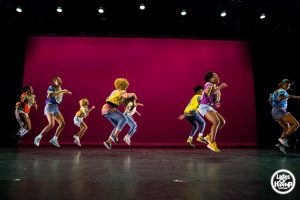
Snippet of rhythmic House Dance footwork lesson by Toyin Sogunro at LOHHF 2018 at EXPG Dance Studios.
An impromptu cypher that broke out during an intermission between the battles at LOHHF featuring many internationally recognized dancers and a few scene elders in dance and music.
Shortly after LOHHF I traveled to Herräng Sweden to teach, perform and continue my research into understanding the absence of blackness in African-American social dance forms of Jazz, and Lindy Hop. Attached are photos of new resources, classroom image capture, and video of iconic moments at the camp.
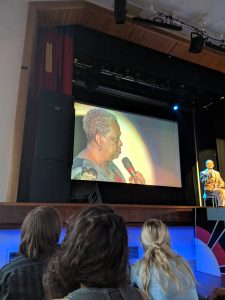
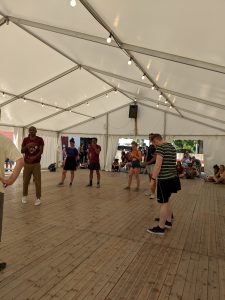
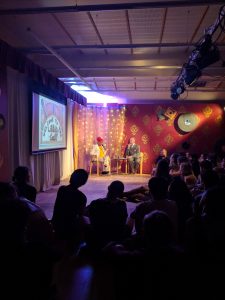
During my effort to document the iconic Folkets Hus ( Folk House) sign for HDC and friend hilariously crashes my video – at 330a after a night of dancing and deep conversation.
If it hasn’t been clear from the attached videos, it’s often really challenging for the uninterrupted documentation of the classes, performances and events to occur as many are either hoping to create a moment to be included in what they assume to be an Instagram post ( because why else would anyone be recording things nowadays). OR they are aware of my academic pursuits and corner me as I’m leaving events, classes or having a meal to share their perspectives…when I’m without my camera or seated in an agreed upon electronics free zone. While I’ve excitedly captured a great amount of data thus far the note taking, journaling and other supportive documentation has proven to be pretty impossible to complete in the hyper immersive environments I’ve chosen to conduct my research.
This week I have the fortune of having a break in my research schedule while in Stockholm and am staying with a friend who is also an academic researcher and is giving me space to organize and analyze the data I’ve gathered so far. Aside from the exciting new resources, I’ve learned firsthand that flexibility in plan implementation is absolutely necessary when conducting research that includes oneself as both a subject and influencer.
Questions Raised: What is a non-invasive way to begin recording impromptu conversations without disrupting the organic bond that initiated the exchange? Is this even possible? If not what is next best way to document the ideas shared in such moments?
